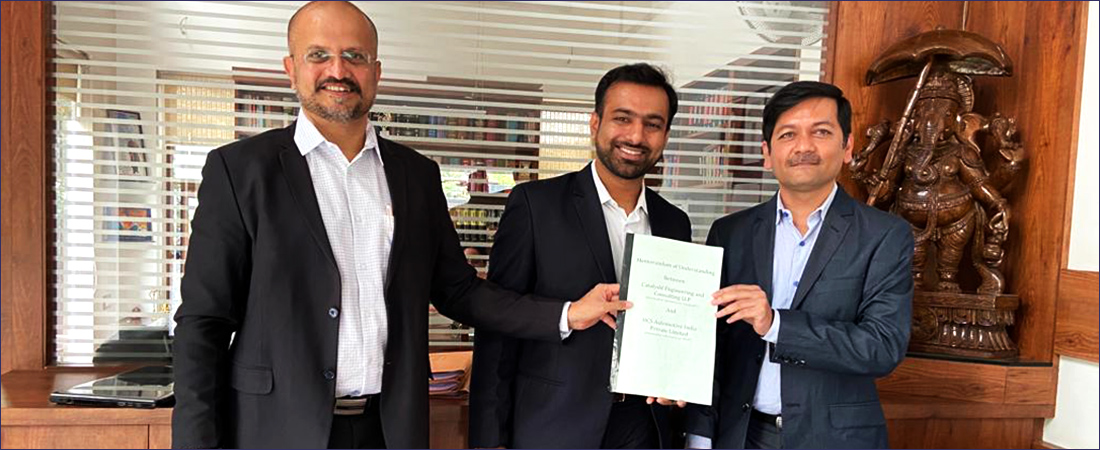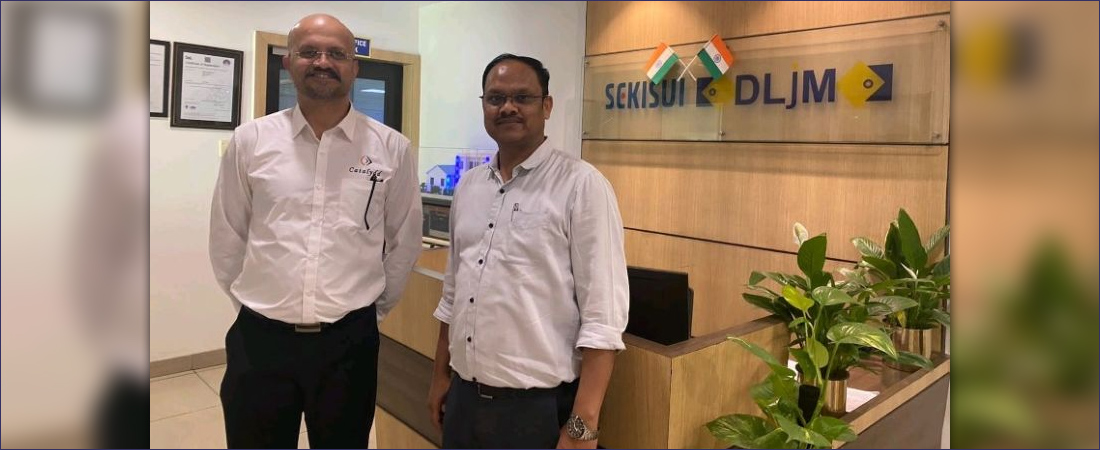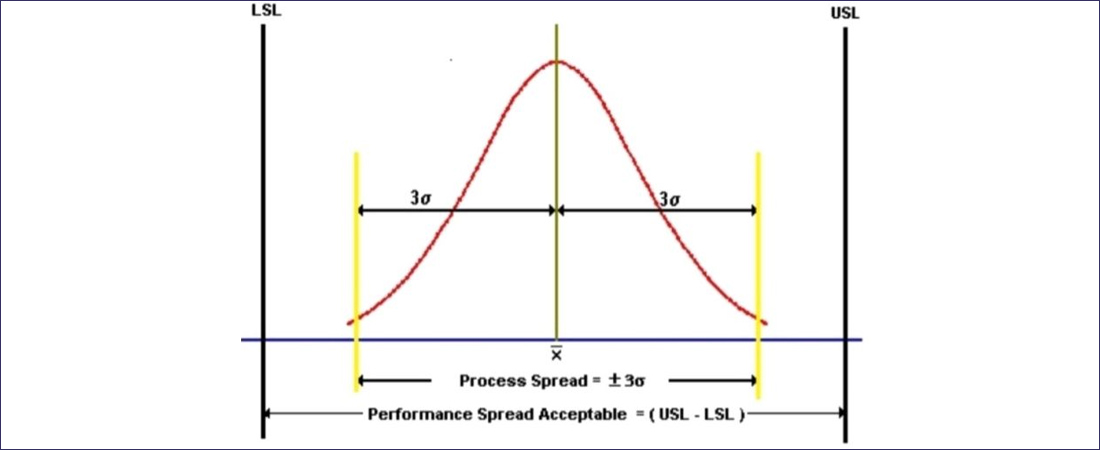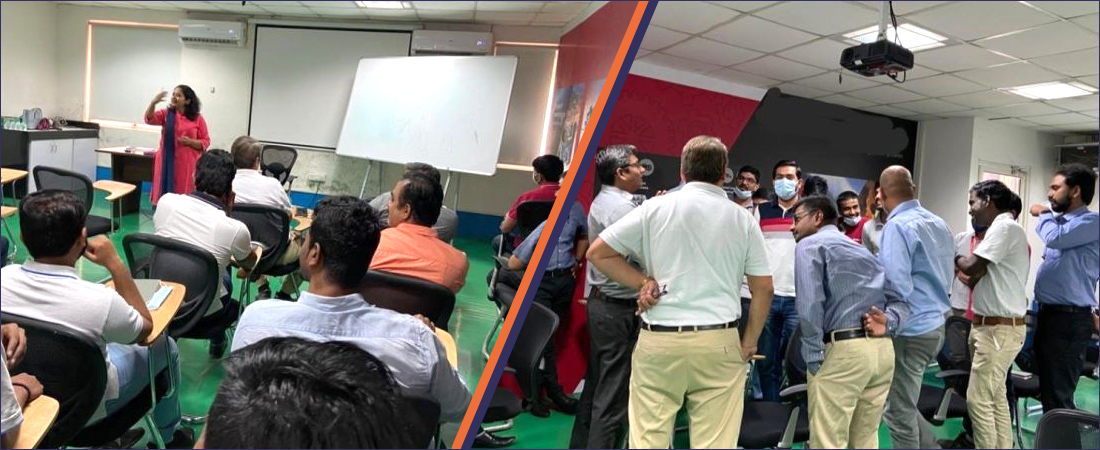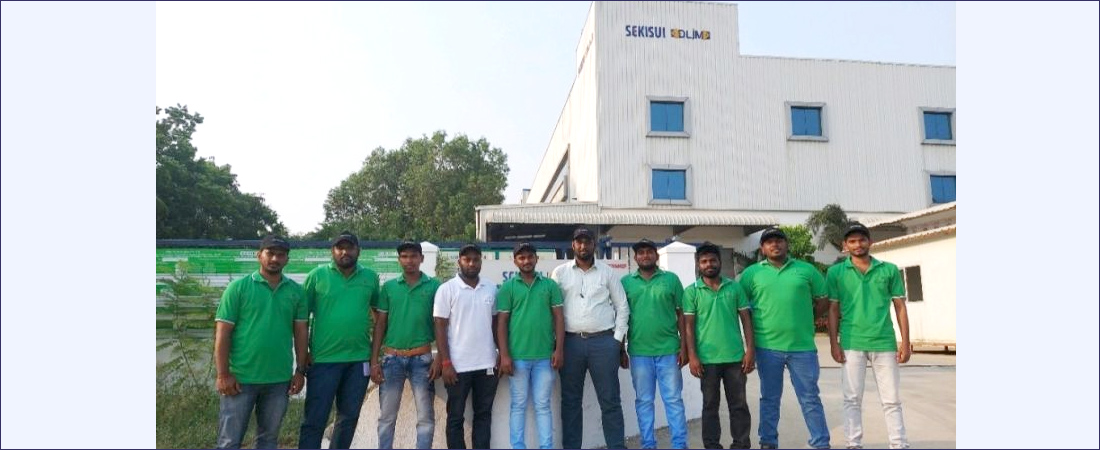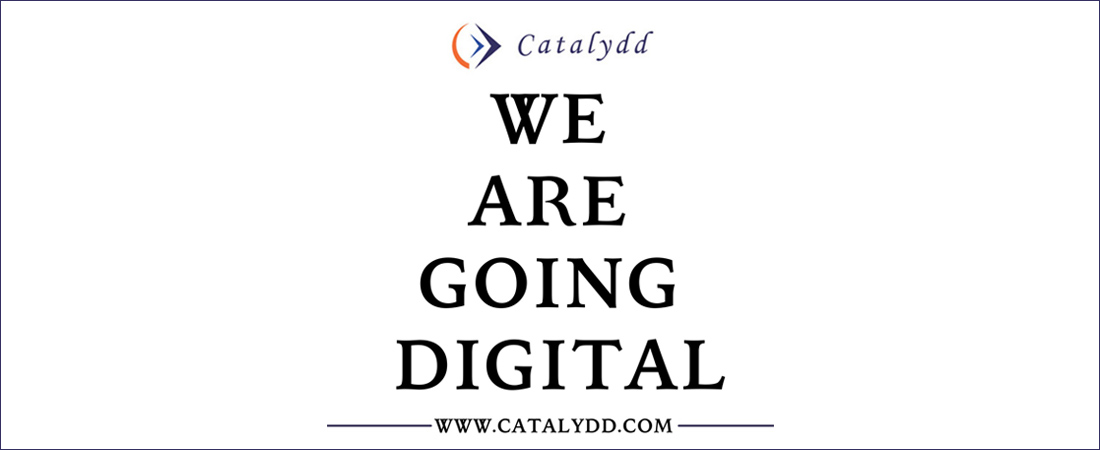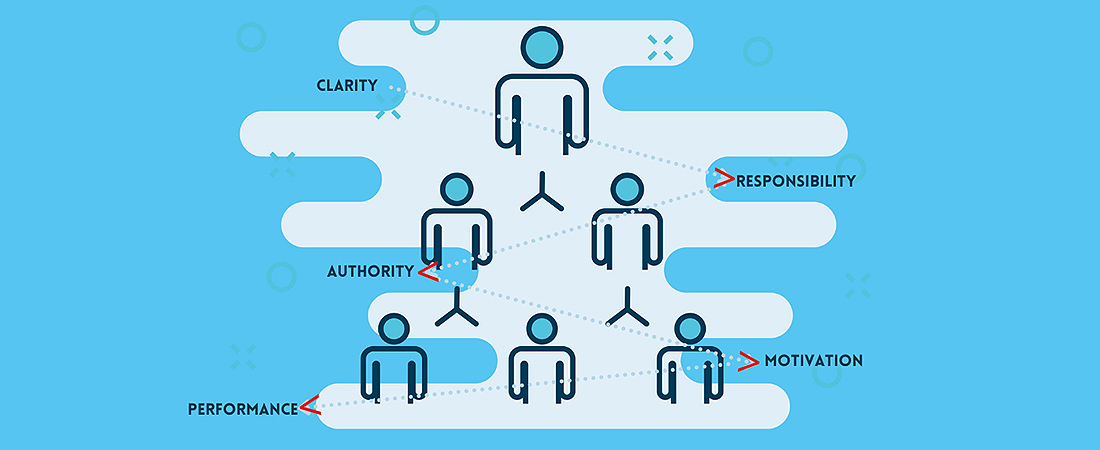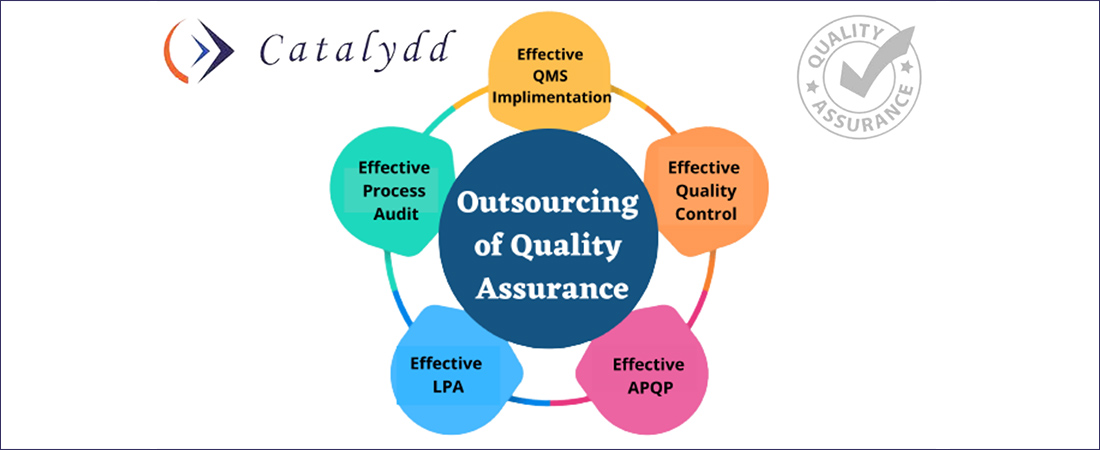Posted at 04:45h
in
catalydd
by Catalydd
How to Win the Job Interview
There might be various categories in which interviews are conducted, but I basically see two types Formal & informal. Formal interviews are those where everything is structured, such interviews generally happen for big corporations or for highly technical positions and informal are the ones in which the structure is not fixed and generally the method of the interview depends on the person who is conducting it.
Irrespective of the type, the preparation has to be the same. I would like to share a few tips here, which might help the candidates and the industry.
1) Confidence: This is the one thing that every candidate must carry with them, irrespective of anything. Be confident, you are on a sales call, selling your those skills, about which if you are not confident, then how you can expect others to be?
2) Dressing & related: No matter what you are and in what situation you are attending the interview, your attire has to be very professional /formal. Different seasons bring different challenges to reaching the interview place, but we need to be prepared for facing any abnormalities and still reaching well dressed. If you are carrying some season protectives (raincoat, winter jacket, umbrella), make sure you do not carry them inside the interview office or conference room. If you have an office bag that is not very organized, just carry interview-related documents inside and leave the rest outside. If you are on a digital interview, make sure you are well dressed, in the proper environment, with good internet connectivity, headphones, and proper positioning of the phone or laptop.
3) Interview preparation: Every candidate carries some experience either from education (for fresher) or from a job if you are already working. Map your experience to the interview beforehand and make a script of what you would like to present and what relevant questions you may face. For experienced candidates, it is a must that at least about your current job, you must know almost everything about your company. Basic info like where the company is headquartered, what are product lines, customer base .at least whatever is available on the website. For a technical interview, you must thoroughly prepare the subject in which you are supposed to be an expert.
4) Info about the job and the company: It is very essential that you should know the company where you are being interviewed, so study the website beforehand. You must know the JD /profile for which you are being interviewed and map your skills to those requirements, as the interviewer will continuously map you against the profile for which you are being interviewed.
5) Info about self: This is quite surprising that 90% of the candidates do not know about themselves …yes, it’s shocking. Self-information is not information about your family, but it is about you. Your strengths, weaknesses, hobbies, why you selected your last job, your current profile or particular organization to work, or education of which you have a degree or sports you play. This is not only important for the interview, but otherwise, also this is very essential for any individual to introspect “why they exist the way they are”.
6) Finding the info about the interviewer: Most candidates do not care about who is going to interview them, but if you know it in advance and if you get a chance to study the linked in profile of the person it helps you to prepare yourself. If HR is going to interview, the questions will be more on the person and personal traits, if the functional head is going to interview the questions will be more technical
7) Facing the interview itself:
a) Be very patient and careful in listening to the questions and understanding those, do not listen to what you want, but listen to what is being said. If you do not understand, Ask, but do not answer assumed questions.
b) Try to read the person quickly who is interviewing you, as that is going to set the tone of the interview. Many interviewers like detailed answers or explanations, they are talkative, and they do interviews in an informal way. Here you need to be a little relaxed and pour the information as much you can. Some interviewers, like to be “to the point” and “objective”, here you need to be very specific and short. You need to learn the body language/facial expressions of the interviewer very quickly and based on that, change the way you are explaining each question. For some questions, you need to be quick for some elaborative.
c) DO NOT give examples unless you are asked to give them.
d) Be honest in accepting, if you do not know the answer, instead of camouflaging the wrong answer
e) Do not compromise on self-respect, and politely give it back, if some questions are offensive ..it could be a test to check your self-worth or otherwise a wrong guy conducting the interview.
f) Do not share the information of your current organization, which is not available in the public domain to impress the interviewer ..this could be a trick to check your integrity or you are being interviewed by a competitor just to get the information ..a professional interviewer will never expect confidential information about your current organization, though he may ask for same.
g) Very few interviewers give chance to ask questions to the candidate, so if you get this opportunity or otherwise also, keep your set of logical questions ready. It shows your interest in the interview/organization and also it helps to know your prospective employer better.
h) Even if you are giving an interview, not for getting the job but just to check your market value, do not show a casual approach ..the word of mouth spreads very fast.
Finally, be honest, sincere, and smart while facing an interview, you never know which interview will change your life. I am not the final expert in the field, but these tips are based on thousands of interviews I have conducted and few I have faced and I feel these tips will surely help the young generation who is trying to build their career, and eventually it will help the industry also.
SK



